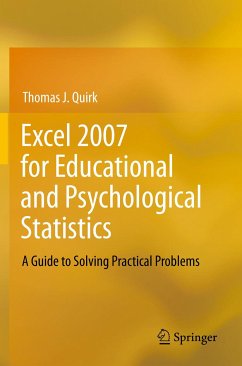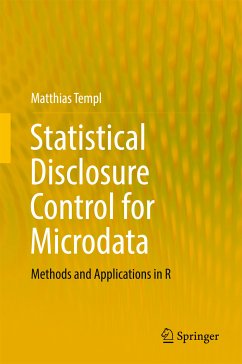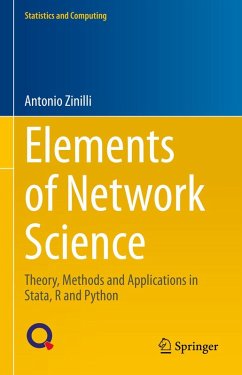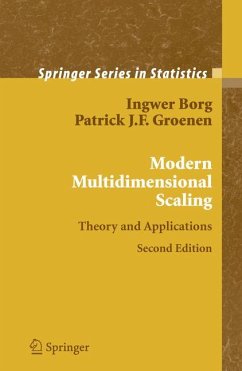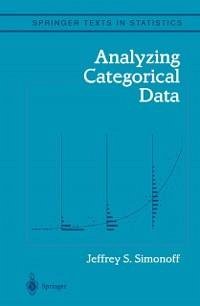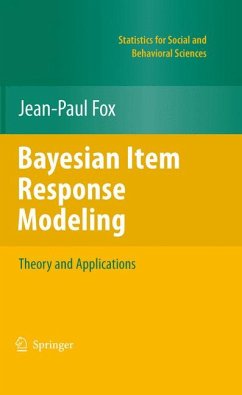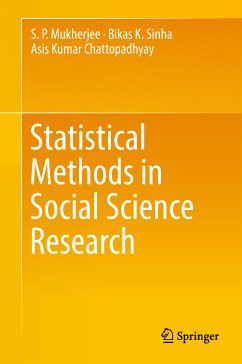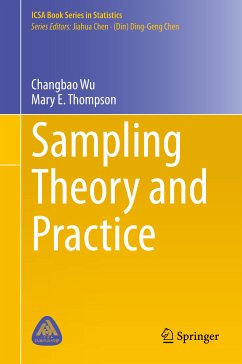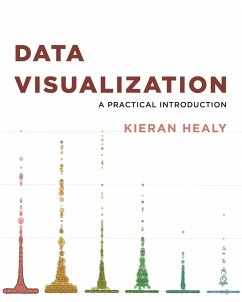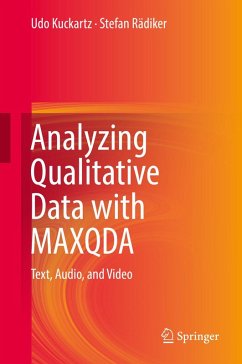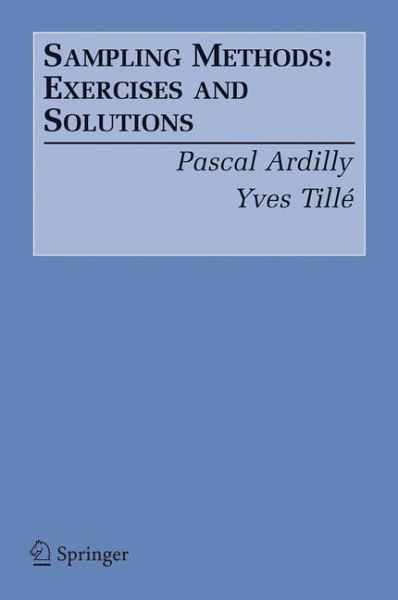
Sampling Methods (eBook, PDF)
Exercises and Solutions
Versandkostenfrei!
Sofort per Download lieferbar
40,95 €
inkl. MwSt.
Weitere Ausgaben:

PAYBACK Punkte
20 °P sammeln!
Originally published in French, this book contains 116 exercises demonstrating sampling methods solved in detail. The exercises are grouped into chapters and are preceded by a brief theoretical review specifying the notation and the principal results that are useful for understanding the solutions. Some exercises develop the theoretical aspects of surveys, while others deal with more applied problems. Intended for instructors, graduate students and survey practitioners, this book addresses in a lively and progressive way the techniques of sampling, the use of estimators and the methods of appr...
Originally published in French, this book contains 116 exercises demonstrating sampling methods solved in detail. The exercises are grouped into chapters and are preceded by a brief theoretical review specifying the notation and the principal results that are useful for understanding the solutions. Some exercises develop the theoretical aspects of surveys, while others deal with more applied problems. Intended for instructors, graduate students and survey practitioners, this book addresses in a lively and progressive way the techniques of sampling, the use of estimators and the methods of appropriate calibration, and the understanding of problems pertaining to non-response.
Dieser Download kann aus rechtlichen Gründen nur mit Rechnungsadresse in A, B, BG, CY, CZ, D, DK, EW, E, FIN, F, GR, HR, H, IRL, I, LT, L, LR, M, NL, PL, P, R, S, SLO, SK ausgeliefert werden.




